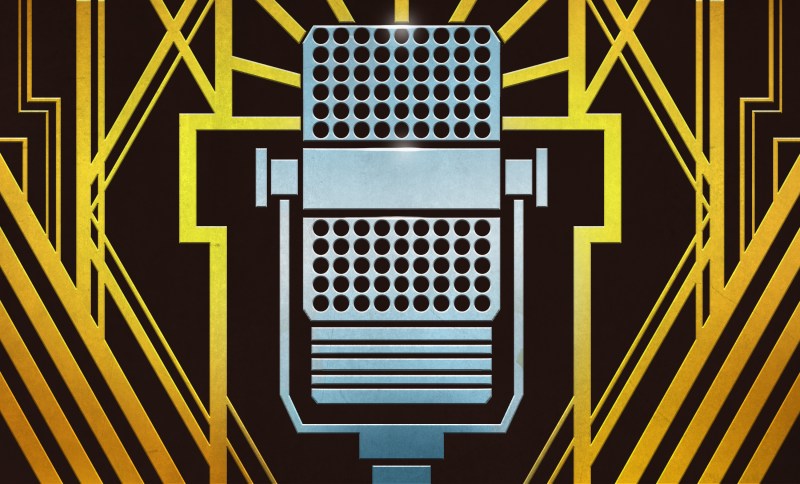Hackaday Editors Elliot Williams and Al Williams sat down to compare notes on their favorite Hackaday posts of the week. You can listen in on this week’s podcast. The guys talked about the latest Hackaday contest and plans for Hackaday Europe. Plus, there’s a what’s that sound to try. Your guess can’t be worse than Al’s, so take a shot. You could win a limited-edition T-shirt.
In technical articles, Elliot spent the week reading about brushless motor design, twin-t oscillators, and a truly wondrous hack to reverse map a Nintendo Switch PCB. Al was more nostalgic, looking at the 555 and an old Radio Shack kit renewed. He also talked about a method to use SQL to retrieve information from Web APIs.
Quick hacks were a decided mix with everything from homemade potentiometers to waterproof 3D printing. Finally, the guys talked about Hackaday originals. Why don’t we teach teens to drive with simulators? And why would you want to run CP/M — the decades-old operating system — under Linux?
Download the file suitable for listening, burning on CDs, or pressing on vinyl.
Episode 259 Show Notes:
News:
What’s that Sound?
- Know what it is? Take your shot, and you might win a Hackaday Podcast T-shirt.
Interesting Hacks of the Week:
- Compact Cycloidal Drive Lives Inside This Custom Brushless Motor
- Back To Basics With A 555 Deep Dive
- Mapping The Nintendo Switch PCB
- Steampipe: All SQL All The Time
- No Inductors Needed For This Simple, Clean Twin-Tee Oscillator
- Pi Pico Enhances RadioShack Computer Kit
Quick Hacks:
- Elliot’s Picks:
- Al’s Picks:
Can’t-Miss Articles:















I think you guys are completely wrong about the Science Fair trainer – it was nothing like this. No reasonable electronics experiments or extensions are possible due to its completely closed architecture. Unlike the Gakken FX R-165 which actually supported GPIO and electronics experiments.
PS To explain this comment a bit more – the Science Fair doesn’t have any external address or data bus or even GPIO ports to which you could latch on your extension to, really. You can push a hex pad button with a relay ( https://hackaday.com/2024/02/20/pi-pico-enhances-radioshack-computer-kit/ ), but that’s about it. That’s not a useful enhancement or extension really. Note that the 1981 Gakken FX R-165 had a “CAL 3” for GPIO instruction, and this capability was removed in the 1985 Radio Shack Science Fair re-implementation of the Gakken. Consequently, you don’t find any electronics experiments in the Science Fair manual – simply because they aren’t possible! Sure, you could use some of the LEDs for output or so, and hook up to the hex pad buttons, but none such experiments are given in the manual – mainly, because there is only one wiring / setup of the machine that makes sense. It looks like it gives you flexibility with all these springs, thinking – gosh, I could just wire up this any way I like and do all kinds of experiments! -, but the opposite is the case. There is only one wiring that works with the machine – after all, you need the key pad, the 7 LEDs, the HEX display setup and connected in exactly this one way – else the machine can’t be operated. So it gives a nice illusion of a “flexible electronics kit”, but in fact, it’s the opposite, and unlike other educational computers (Kosmos CP1, Busch Microtronic, Gakken FX R-165) it can’t really be used for electronics experiments / extensions, and you can neither extend the memory nor the add anything to the output ports.
Bummer!
Good Luck finding those Radio shack /Science fair springs, I’ve been on the hunt for several years for a couple of projects I have on my desk. It would appear they were made custom to order.
If you find a source please share as it will result in loads of new projects and expansions for these kits getting published.